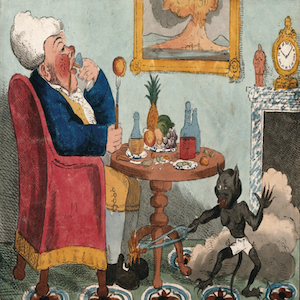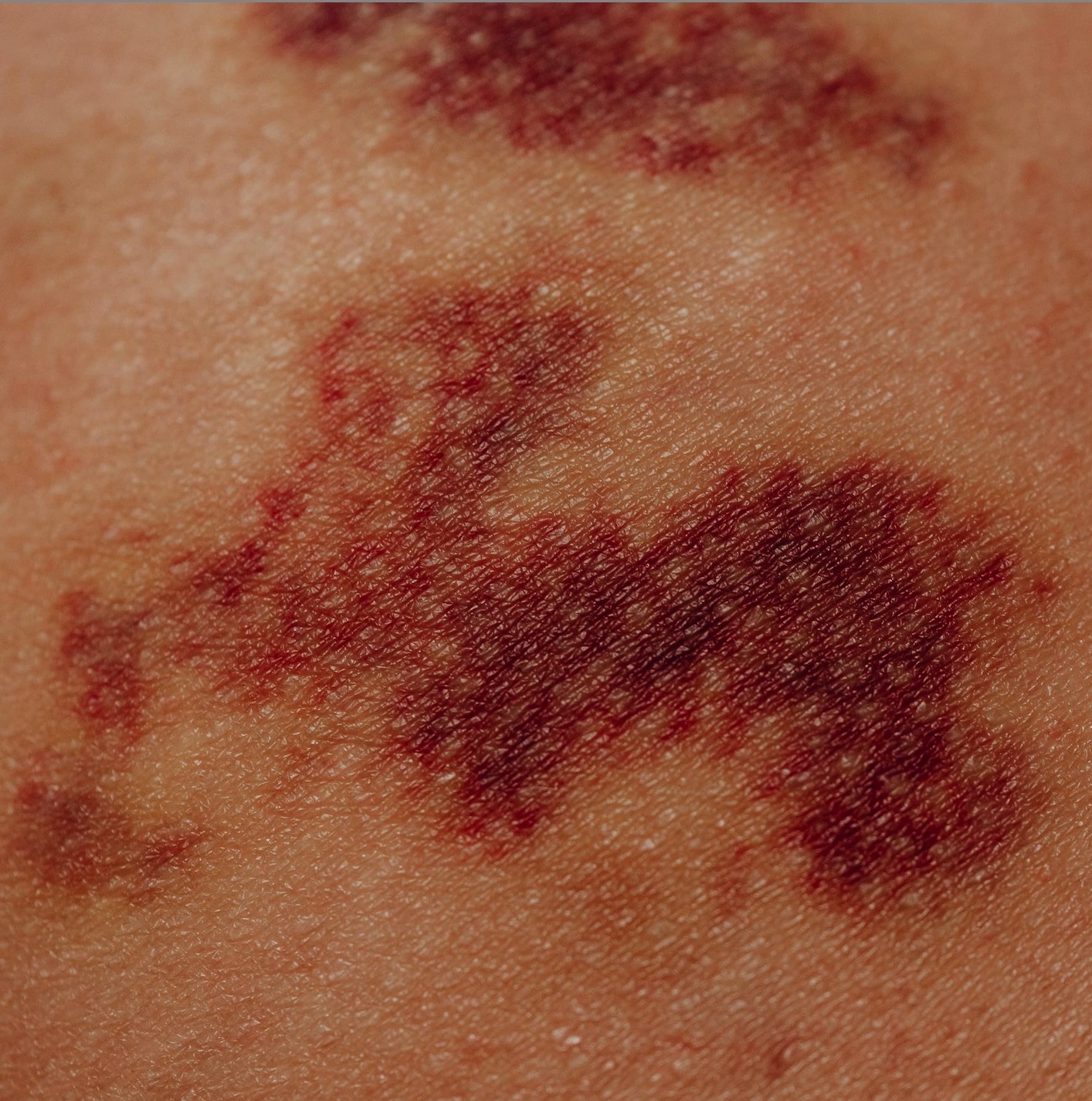Arthur Conan Doyle, Sherlock Holmes, and gout

All claims expressed in this article are solely those of the authors and do not necessarily represent those of their affiliated organizations, or those of the publisher, the editors and the reviewers. Any product that may be evaluated in this article or claim that may be made by its manufacturer is not guaranteed or endorsed by the publisher.
Authors
Arthur Conan Doyle, the creator of Sherlock Holmes, was an experienced physician who treated gouty patients. A gouty character appears in The Adventure of the Missing Three-Quarter, a Sherlock Holmes novel. This offers the possibility of discussing gout from the peculiar perspective of a medical writer in light of the historical-medical context of the time. This study was conducted using Conan Doyle’s autobiographical, scientific, and literary primary sources, as well as past and current medical literature. The Adventure of the Missing Three-Quarter was autobiographical. Conan Doyle himself was a rugby player and his wife died of tuberculosis. Furthermore, in 1884, in The Lancet, he described the hereditary case of a female gouty patient, presenting with ocular manifestations. In agreement with the concept of rich man’s gout, the gouty patient of Sherlock Holmes’ story, Lord Mount James, was a rich irascible noble but he was not addicted to the pleasures of food and sex. Following the usual funny representation of gouty patients, Conan Doyle made fun of Lord Mount James, but he misquoted a true case of gout cited in the literature. In his scientific and literary production on gout, Conan Doyle stuck to the most updated medical concepts of the time, demonstrating an uncommon knowledge of scientific literature.
How to Cite

This work is licensed under a Creative Commons Attribution-NonCommercial 4.0 International License.
PAGEPress has chosen to apply the Creative Commons Attribution NonCommercial 4.0 International License (CC BY-NC 4.0) to all manuscripts to be published.












